|

all photographs can be clicked to access a larger version
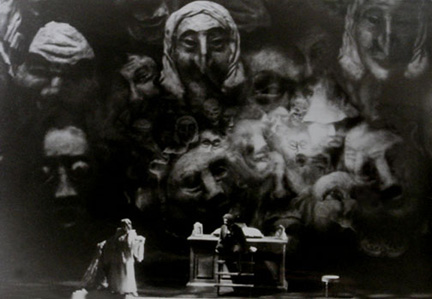
Die Tote Stadt opened at the New York City Opera on April 2, 1975. It has been one of the most critically successful productions of Corsaro and Chase's work in opera. It has been revived five time in the past thirty years, most recently in 2001 with new costumes and projections to replace the ones lost to the NYC Opera in a fire a decade before.
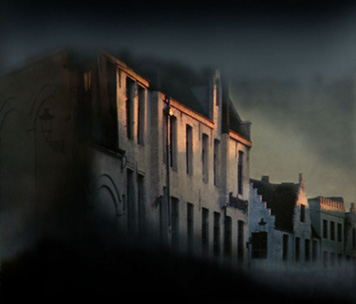
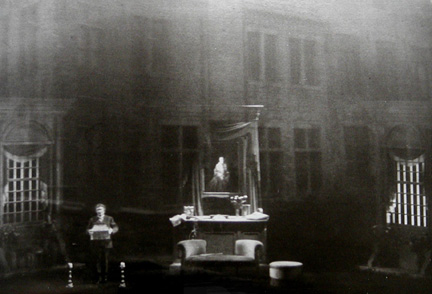
Paul sings of loss, his wife's portrait behind him.
The plot of Die Tote Stadt is taken from a novel by Belgian symbolist Georges Rodenbach, "Bruges la Morte," which describes a man, Paul, who unreasonably mourns his dead wife until one day he meets her double. This woman, Marietta, is a dancer in the theater. Paul's dreams takes up the rest of the opera, which moves into the canals of a phantom Bruges and is populated with a band of players, a religious procession, and some angry confrontations with an unsympathetic Marietta.The score lushly recalls Strauss with one strong aria, but in general it is program music by a very talented and enthusiastic 19 year old composer who later went on to success in Hollywood with scores for Elizabeth & Essex, Robin Hood, etc.
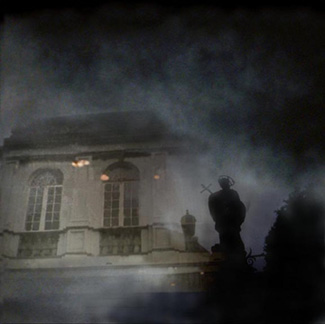
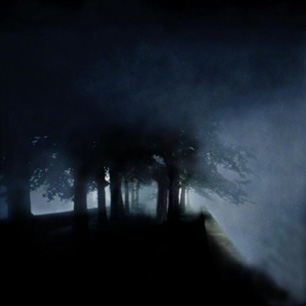
New projection of a park in Brugges used for the players dance.
From Opera Monthly:
The production was one more example of a rarely performed work that gained new identity and life though the rethinking necessary for film projection. The overall style of the production kept close to the feeling of symbolist painters like Redon. A group of players wore masks taken from the paintings of Ensor. Stage props were carried by the actors to allow more fluidity so that scenes could dissolve in and out several times during a single aria.
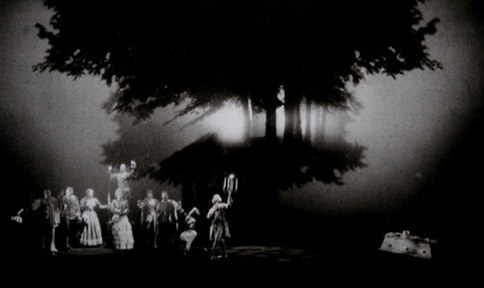
Marietta and a band of players frolic in a ghostly, suspended park.
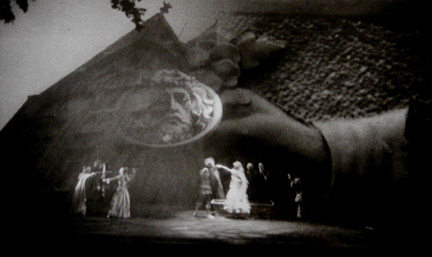
The players move into the graveyard.
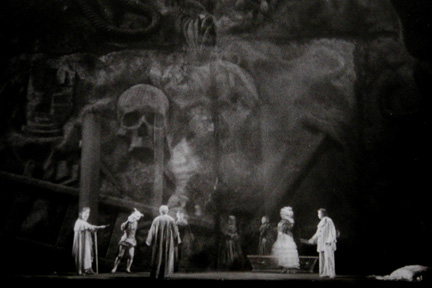
Paul confronts the players.
From the Chase interview:
"...But we were trying to do too much. There was constant film and motion, with too many images at the same time and too many stage props in use. It was difficult to make any decisions because so many technical problems developed during the overload and we could never see anything operating correctly in order to determine if it was working dramatically. The dress rehearsal was the most confusing and disastrous experience I've ever had, and by opening night, we had eliminated about one-third of the films. It took the technical crew all night to lock the film and projection cuts into the production. One critic who came to our dress rehearsal could not believe he was seeing the same production on opening night!"

Marietta has turned the altar into her bed.
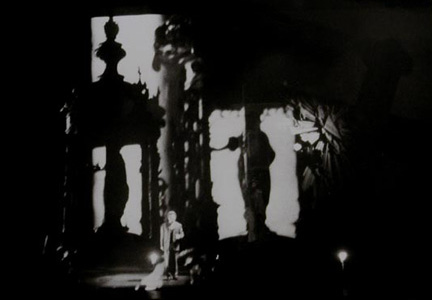
Paul muses on the procession among gold icons.
What did the audience see when the curtain rose? As the production opened on an exterior of Paul's House, a portrait of Marie began to shine through the masonry. Then the light came up behind the scrim in Paul's living room, with the portrait handing on the wall. Meanwhile, images rose and disappeared from the shadows, overlapped by fog. As Paul sang of his love for his dead wife the house seemed to break apart and disappear while his wife's death mask hovered in the air like an apparition. A long film sequence introduced the dark canals of Brugges and in the midst, Paul's boat could be seen, onstage, moving slowly across the water.

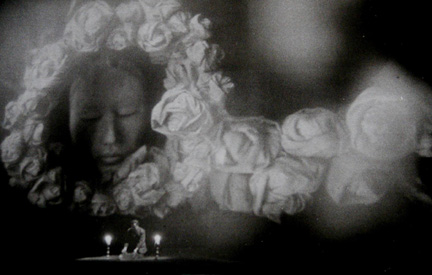
THE NEW YORK TIMES:
This production reinforces the impression that Chase had worked out one of the most exciting developments in the history of operatic stage presentation. Everything has been designed to underline the emotional moods and fantasies passing through the mind of the opera's protagonist.... There can be little argument about the expertise with which the material is handled. This really is a new dimension in opera.
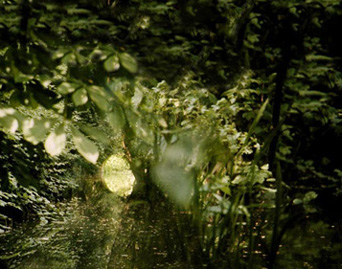
The imagery for the final resolution of the opera.
|
|